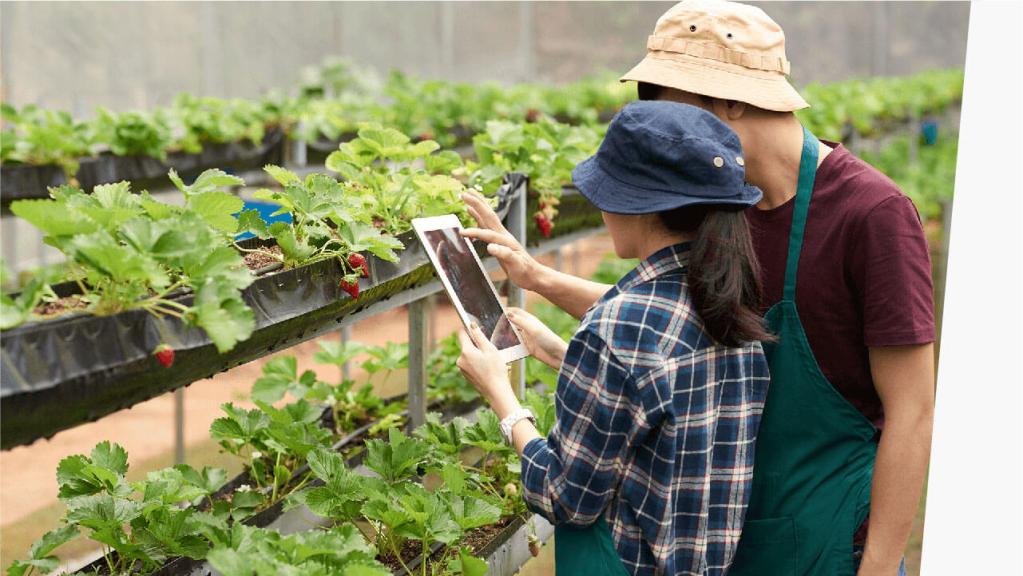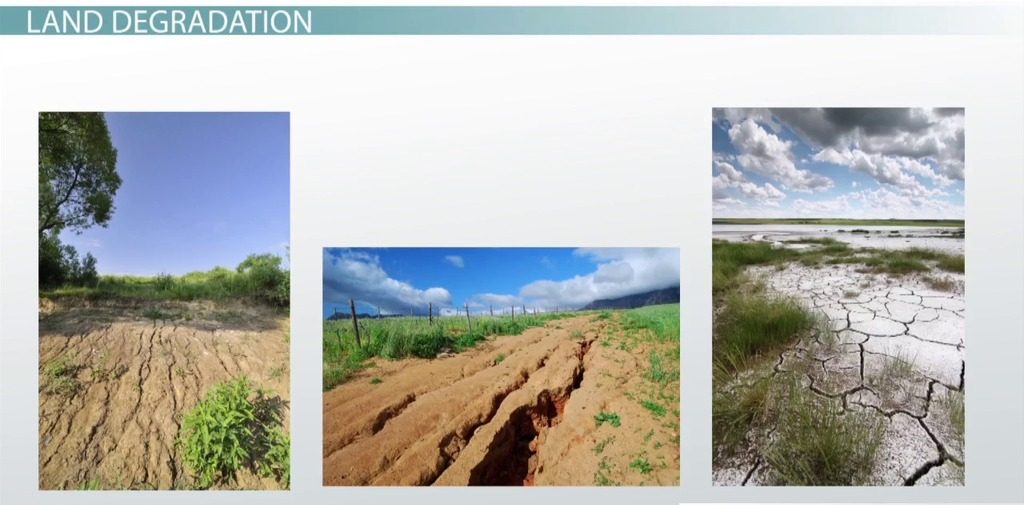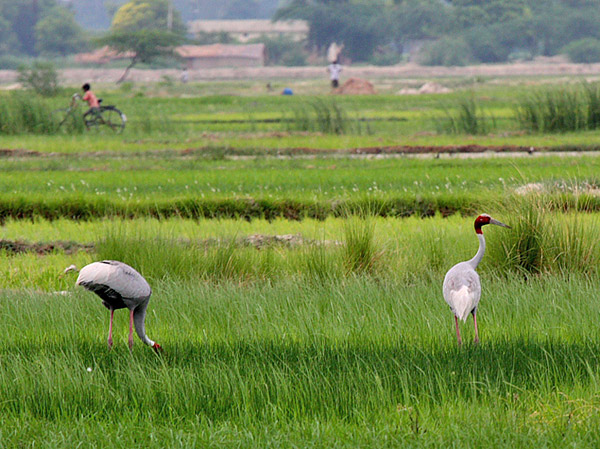When we stroll through the aisles of a grocery store, we often take for granted the bountiful variety of fruits, vegetables, grains, and meats neatly stacked on shelves. However, beneath the colorful allure of fresh produce lies a complex web of processes, regulations, and dedicated efforts to ensure that what we eat is not only delicious but safe for consumption.
Agriculture and food safety are inseparable partners in the quest for quality produce. As we delve into this crucial relationship, we will explore the various aspects of ensuring food safety, the challenges that farmers face, and the innovative solutions that are transforming the landscape of our agricultural practices.
The Nexus of Agriculture and Food Safety
Agriculture’s Role in Food Safety
Agriculture is the starting point of our food supply chain. It’s where the seeds of quality and safety are sown. Farmers across the globe are responsible for nurturing crops and livestock, making pivotal decisions that can influence the safety and quality of what reaches our plates.
The use of pesticides, fertilizers, and other agrochemicals can pose risks to both the environment and human health. Sustainable farming practices, such as organic farming and integrated pest management, have gained prominence as safer alternatives. These methods prioritize soil health, reduce the reliance on chemicals, and promote natural ecosystems. The result? Safer, higher quality produce.
Challenges in Modern Agriculture
Modern agriculture faces numerous challenges, from climate change and water scarcity to pests and diseases. These challenges not only impact crop yields but also raise concerns about food safety. Extreme weather events can lead to contaminated water sources, while the spread of pathogens is facilitated by warmer temperatures. It’s a delicate balance that farmers must strike.
Furthermore, globalization has expanded the reach of our food supply chains, making it difficult to trace the origins of a product in case of contamination. E. coli in lettuce or salmonella in chicken can quickly turn into nationwide outbreaks, emphasizing the need for robust food safety measures.
Ensuring Food Safety: From Farm to Fork
Farm-Level Practices
Ensuring food safety starts at the farm level. Farmers play a pivotal role in implementing practices that minimize contamination risks. Here are some key steps:
Good Agricultural Practices (GAPs): These guidelines outline safe and responsible farming methods. They cover everything from water quality management to the proper use of pesticides and manure.
Regular Testing and Monitoring: Farmers should regularly test soil, water, and crops for contaminants. Early detection can prevent tainted produce from reaching consumers.
Hygiene and Sanitation: Proper hygiene and sanitation are crucial during harvesting, packaging, and transportation. Equipment and facilities should be cleaned and maintained to prevent contamination.
Technology and Innovation
In recent years, technology has played a significant role in enhancing food safety in agriculture. Here are a few innovations making a difference:
Blockchain Technology: Blockchain allows for transparent and tamper-proof record-keeping along the supply chain. This technology can quickly trace the source of contaminated products, reducing the scope of recalls.
Precision Agriculture: Precision agriculture uses data, sensors, and automation to optimize farming practices. It ensures that resources like water and fertilizers are used efficiently, reducing the environmental impact and potential contamination.
Genetic Engineering: Genetic engineering can produce crops with built-in resistance to pests and diseases, reducing the need for chemical interventions.
The Role of Regulations and Certification
Government agencies and industry organizations play a crucial role in establishing and enforcing food safety regulations. These regulations set standards for farming practices, food processing, labeling, and more. Some prominent regulatory bodies include the Food and Drug Administration (FDA) in the United States and the European Food Safety Authority (EFSA) in Europe.
Farmers who adhere to these standards can obtain certification, such as the USDA Organic label. Certification helps consumers make informed choices, as they can trust that products bearing these labels meet specific safety and quality criteria.
Consumer Awareness and Responsibility
While farmers, technology, and regulations play vital roles in ensuring food safety, consumers also bear responsibility. Here’s how you can contribute:
Educate Yourself: Understand food labels, certifications, and where your food comes from. Being an informed consumer empowers you to make safer choices.
Proper Handling: Practice safe food handling and storage at home. This includes washing fruits and vegetables thoroughly and cooking meats to the recommended temperatures.
Support Sustainable Practices: Choose products from farms and companies that prioritize sustainable and safe farming practices. Your choices can influence the industry’s direction.
The Future of Agriculture and Food Safety
The future of agriculture and food safety is undoubtedly promising. Innovations like vertical farming, aquaponics, and lab-grown meat are redefining how we produce food. These methods have the potential to drastically reduce contamination risks and resource usage.
Additionally, advancements in artificial intelligence and data analytics will enable farmers to make data-driven decisions, optimizing crop health and minimizing risks. The integration of sensors, drones, and robotics will further enhance the precision and safety of farming practices.
As we move forward, it’s crucial to recognize that agriculture and food safety are not isolated concerns. They are deeply intertwined with broader issues like climate change, sustainability, and global health. To ensure a future with a secure and bountiful food supply, we must continue to invest in research, innovation, and responsible farming practices.
In conclusion, agriculture and food safety are the cornerstones of quality produce. From farm to fork, a multitude of factors contribute to the safety and quality of the food we consume. By supporting sustainable farming practices, staying informed as consumers, and embracing technological advancements, we can collectively contribute to a safer and more sustainable food future. It’s a shared responsibility—one that ensures that the food on our plates is not only delicious but also safe for our well-being and the well-being of our planet.





